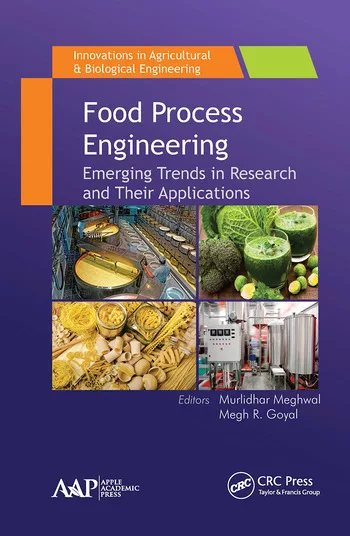TECH FLASH
Global food and drink trends for 2016
Market intelligence agency Mintel identifies and discusses 12 trends that will impact the global food and beverage industry.
Whether it’s bold new flavors, an emerging diet craze or a response to changing lifestyles, food trends are constantly evolving. Recently, consumers around the globe are showing a preference for healthier, more organic and natural foods. This has come by way of fads like the Mediterranean diet and a push toward higher-protein snacks and meals, the emergence of ancient grains and a concern about GMOs. Consumers are also leading busier lives, which mean more meals on the go and less time at home. Other trends like gluten free and more ethnic flavors—especially sriracha—took the US by storm in 2015.
But with the end of the year in sight, what food trends are on the horizon? To get the answer, a team of food and beverage experts identified and analyzed a list of 12 trends set to impact the global food and drink market in 2016.
“These trends explore how consumers’ evolving priorities, opportunities from advancements in functional formulation and the almost inescapable reach of technology will affect food and drink in the coming year,” says Jenny Zegler, global food and drink analyst at Mintel. “Consumers are not the only influencers. Shifting economics, natural phenomena and social media are shaping what, how, where and with whom consumers are choosing to eat and drink.”
Zegler says the trends tend to play out differently around the world based on a variety of factors that include cultural norms, regional availability and societal needs. “In some cases, established trends from one area are migrating to new regions, while a few emerging trends have the potential to disrupt the worldwide landscape,” she adds.
The 12 trends identified by Mintel are:
Alternatives everywhere: The growing ranks of novel protein sources and potential replacements appeal to the everyday consumer, foreshadowing a profoundly changed marketplace in which what was formerly “alternative” could take over the mainstream.
Artificial (Public Enemy No. 1): Consumer demands for natural and “less processed” food and drink are forcing companies to remove artificial ingredients.
Eco is the new reality: Worries about food waste, drought and other natural phenomena not only affect the worldwide food and drink supply, they influence preparation and production.
From the inside-out: Consumers are recognizing that diets can connect with the way they look and feel.
For every body: The rising promotion of athletic programs that encourage consumers to get and stay active showcases a parallel need for food and drink that help consumers get acquainted with sports nutrition.
Based on a true story: Consumers have been romanced by product origin, ingredients and inspirational stories.
E-revolution (From carts to clicks): While the Internet has not vastly changed the landscape of grocery shopping, innovations encourage consumers to think outside traditional physical retailers.
Diet by DNA: Interest in natural and “getting back to basics” has boosted ancient grains and superfoods, fostering a principle that age-old staples are better than today’s manufactured options.
Good enough to tweet: The rise of food-centric media has sparked new interest in cooking, not only for the sake of nourishment, but for the purposes of sharing one’s creations via social media.
Table for one: Across all age groups, more consumers are living in single-person households or occasionally eating meals alone.
Fat sheds stigma: Consumers’ awareness of the many sources of good and bad fats is ushering in a paradigm shift in which fat content is not the first and foremost consideration in the search for healthy products.
Eat with your eyes: Flavor has long been the core of innovation, but more visual and share-focused societies call for food that is boldly colored and artfully constructed.
Looking for a reprint of this article?
From high-res PDFs to custom plaques, order your copy today!





